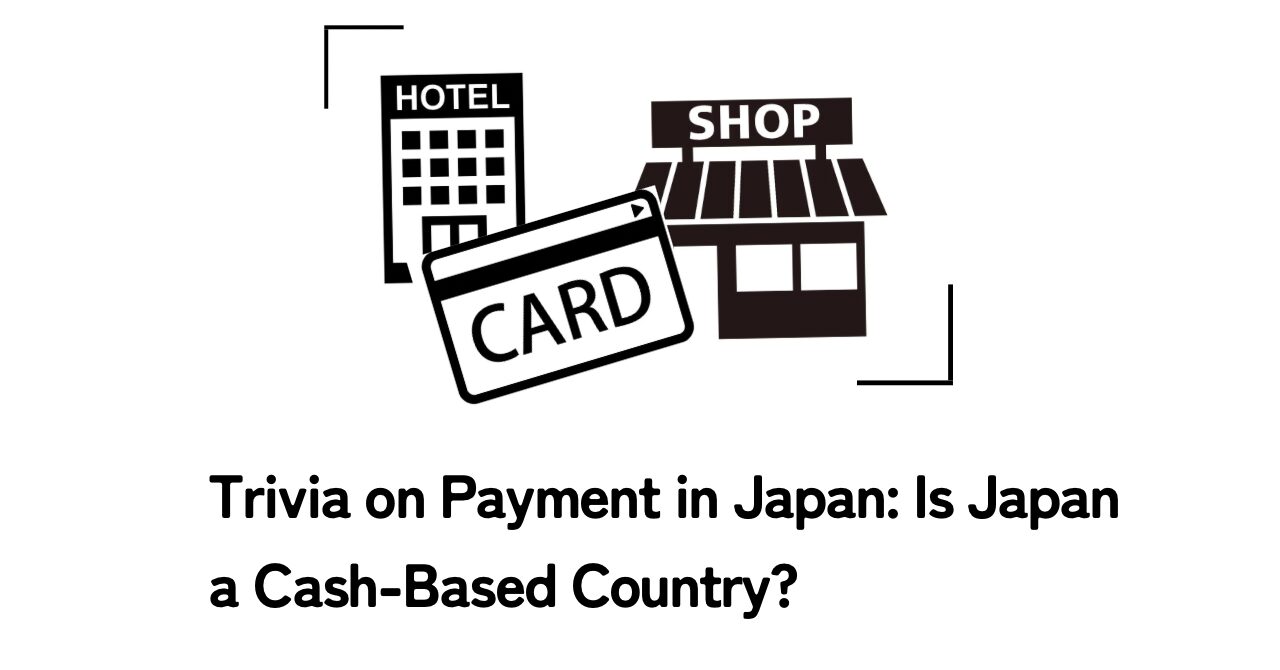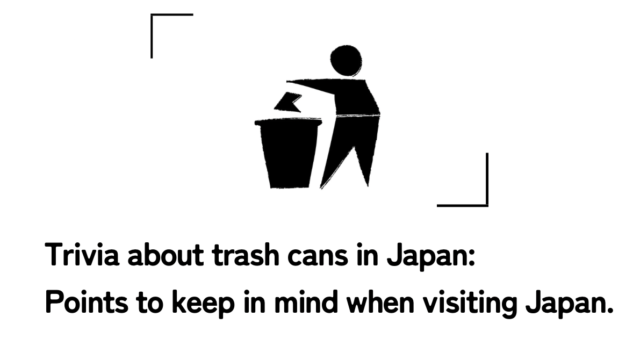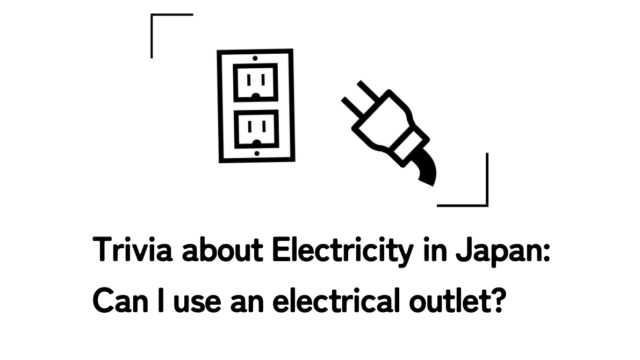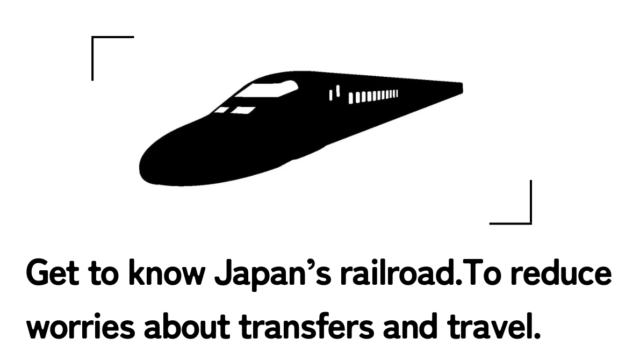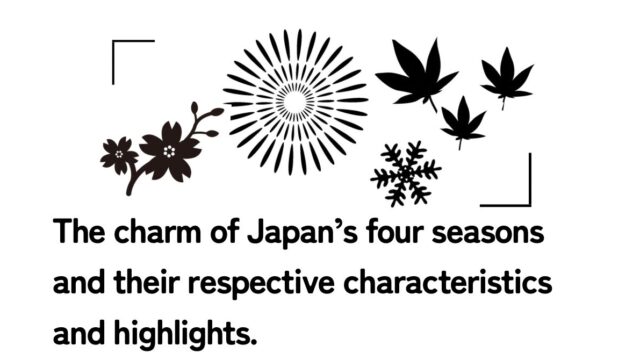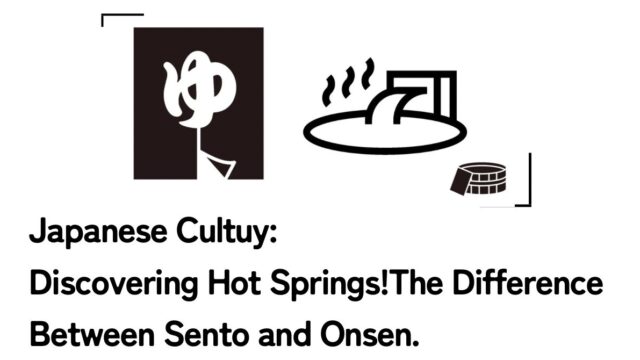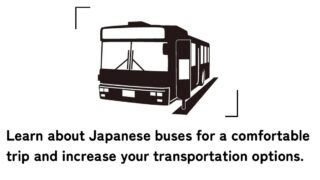When visiting Japan, it is an important question for travelers to know what methods of payment are convenient. This article provides an overview of payment in Japan and explains non-cash means of payment and the need for cash.
Japan is known as a cash-based country, which is unusual in the world. Credit cards and electronic money are commonly used, but in comparison, most payments are made in cash.
So why is cash the norm in Japan? Let us also explore why many stores do not accept credit cards or electronic money.
Japanese Cash Culture

Japan has long been a cash-based country, with a strong sense of trust in managing money. Many Japanese prefer to pay in cash because holding cash in their hands allows them to confirm payment and have a sense of the amount. As an advantage, using cash also lowers the risk of identity theft.
In addition, Japan has an aging population, and this has affected cashless payments. Many elderly people are not accustomed to using smartphones and tablets, making access to cashless payments difficult.
Public facilities, such as nursing homes and hospitals, typically use cash and have not yet introduced cashless payments. For the elderly, the transition to cashless payments is a major hurdle.
Why cash payments are so common
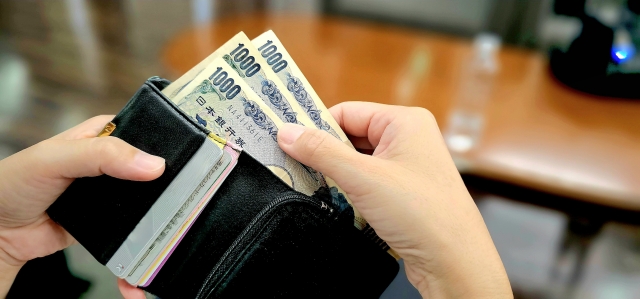
Since cash is commonly used in Japan, many stores do not accept credit cards or electronic money.
One of the reasons for this is the issue of fees. To introduce cashless payment, it costs money to install a POS system and update the system. Since the use of credit cards and e-money incurs fees on the store side, cash payments may be preferred in order to secure profits.
These burdens are especially problematic for small and medium-sized businesses. In many cases, companies are hesitant to introduce this system because of the increased costs.
In Japan, where there are many elderly people, cash payments are the norm due to resistance to the use of credit cards and electronic money.
Even if cashless payment systems are introduced, the benefits are not worth the cost.
In addition, as a country, Japan is a safe country, and ATMs are located throughout the city. Whenever you need money, you can withdraw cash, so there is no need to worry about cash payments.
These are some of the factors that have hindered the spread of cashless payment. However, in recent years, efforts have been made to promote the spread of cashless payment, and we may see a gradual change.
Japanese Means of Payment
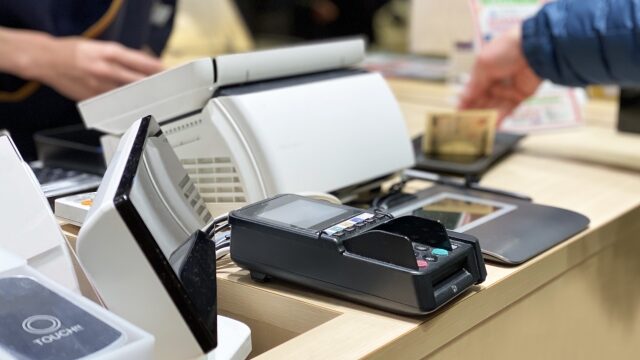
In Japan, cash, credit cards, and debit cards are common means of payment. Electronic money and smartphone applications are also widely used for payment. Suica and Pasmo are representative electronic money. QR code payments and bank transfers are also commonly used. Each payment method has the following characteristics.
cash
Still widely used in Japan. The main features are its widespread use and anonymity, but it is inconvenient to carry and there is a risk of theft or loss.
credit cards
Cards from major credit card companies (Visa, Mastercard, JCB, American Express, etc.) are widely accepted. Their main features are that they are convenient and easy to carry, offer points and rewards, and can be used when traveling abroad; however, they may not be accepted at all stores.
debit cards
Mainly tied directly to a bank account and debited directly from the account when used. Their main features are that they are debited from your account instantly and are more secure than credit cards, but they may offer limited points and rewards.
electronic money (Suica, Pasmo, etc.)
These are mainly used for public transportation and convenience stores. The main features are contactless payment, rechargeable, and acceptance at some stores and services, but their use for general shopping and restaurants is limited.
QR code payment
Payments are made by scanning a QR code, primarily using a smartphone application. The main features of QR code payments are that they can be used with a smartphone, are highly convenient, and have low fees, although some stores do not support them.
bank transfers
Funds are transferred between bank accounts, primarily through Internet banking and ATMs. The main features are safe and secure money transfers and relatively low fees, but since it is not an immediate settlement, it may take some time for the transaction to be completed.
Easy-to-use payment methods for foreigners visiting Japan
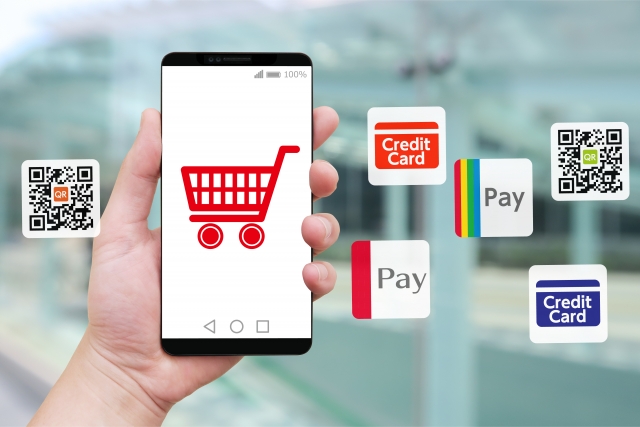
Among the payment methods used by Japanese people, the following payment methods are easy for foreign visitors to Japan to use.
credit cards
Major credit cards (Visa, Mastercard, JCB, American Express, etc.) are widely accepted in Japan. They are convenient because they can be used in many stores and restaurants. Credit cards are also an easy-to-use means of payment for international travelers.
electronic money (Suica, Pasmo, etc.)
Can be used for public transportation, convenience stores, and some restaurants. It allows contactless payment and is convenient for daily transportation and shopping. It is a particularly convenient payment method for tourists who frequently use public transportation.
QR code
payment Available at some major chain stores and tourist attractions. It is one of the easiest payment methods for tourists to use, as all they need is a smartphone. Especially for tourists from China, Alipay and WeChat Pay are available at an increasing number of stores.
prepaid cards for foreigners
Prepaid cards that can be charged to Japanese yen are sold at some banks and foreign exchange offices; they are branded with Visa or Mastercard and can be used just like credit cards. This is a convenient means of payment for tourists staying in Japan for a short period of time.
Nevertheless, it is convenient to bring cash when visiting Japan. In particular, cash may be needed in the following situations
credit cards and electronic money may not be accepted at small stores, food stalls, and local tourist attractions.
cash is the main form of payment for some forms of transportation (some cabs and local transportation)
credit cards and electronic money may not be accepted in some restaurants and accommodations.
cash is convenient for small purchases and local souvenirs.
Therefore, travelers are advised to bring Japanese yen in case of emergency. However, credit cards and electronic money are widely accepted in major metropolitan areas and major tourist destinations, which tends to reduce the number of situations in which cash is needed.
Summary
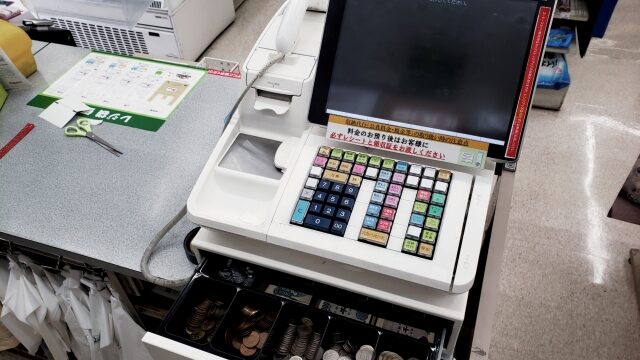
We have explained how to make payments in Japan and the need for cash. While credit cards are widely accepted in Japan, some stores and facilities accept cash only. Therefore, it is recommended to use both credit cards and cash when traveling in Japan.
Japan is still a cash-based country, and many stores do not accept credit cards or electronic money.
Having cash on hand allows you to pay smoothly at small local stores, food stalls, and public transportation. To enjoy your trip in Japan comfortably, you should know how to pay and what cash you need.
Japan also offers a wide range of services for foreign tourists. At some banks and foreign currency exchange offices, you can withdraw cash using foreign credit cards or cash cards.
By utilizing these services, you will be able to enjoy shopping without worrying about running out of cash.
